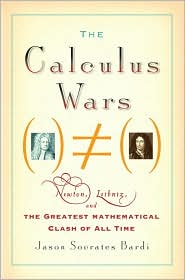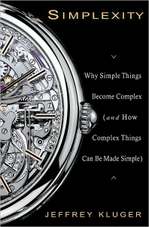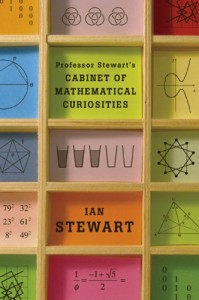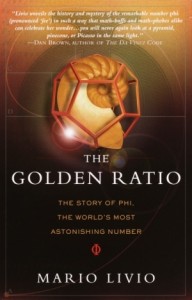I saw this blog posting on NPR about some recent experiments by Dr. Daryl Bem of Cornell that are so very weird and interesting that I just had to share. The blog, by Robert Krulwich, delves into a recent paper by Dr. Bem in which he describes 9 experiments meant to probe extrasensory perception — ESP. I haven’t read the paper myself, as it is quite long and I haven’t found the time, but if Krulwich’s understanding of the results is correct, it is fascinating stuff.
Krulwich describes two of Bem’s experiments in detail. In the first, Bem had students sit in front of a computer, which showed two curtains on the screen. Behind one was an image, behind the other nothing. The computer randomly determined where the image would go. The students’ job was to pick the curtain hiding the image. As you might expect, this is a purely random process and, sure enough, in the first variant of the experiment, the students picked the curtain with the image 49.8% of the time, essentially random guessing. However, when they were told that erotic images might be behind the curtain — porn if you will — they picked the curtain with the image 53.1% of the time. Not a whole lot more, but statistically different than random. Somehow, they were able to “see” where the image was without any more information, given the right motivation.
In the second, even more intriguing experiment (to me), Bem had the students again sit at a computer. They were shown 64 words, one at a time for 3 seconds each, and asked to visualize the word for those 3 seconds. So, if the word was tree, the students were supposed to visualize a tree. After they went through all the words, they were given a quiz on what words they were shown — a memory quiz. All fine so far. After the quiz, they were shown 24 of the words, chosen at random, and again asked to visualize them. That was the end of the experiment. However, what Bem found is that the students did much better with those 24 words on the quiz than any other random selection of 24 words, even though they only saw those 24 words after the quiz. That is, studying those words after the quiz somehow helped them during the quiz. Studying after the fact improved their test score.
Bem is interpreting this as some kind of seeing into the future, or that time is fluid or porous. And already it seems one paper has not been able to reproduce the results of one of his experiments (not either of these two described here). And I would say it is way too early to speculate about what these results mean about the nature of time and seeing the future. But, I have to say, these results are very strange, completely counter to anything we might have expected, and certainly very intriguing. It certainly begs more study, and I’m sure an army of scientists are trying to reproduce Bem’s results as you read this. I for one will definitely be following this story to see where this all leads.



